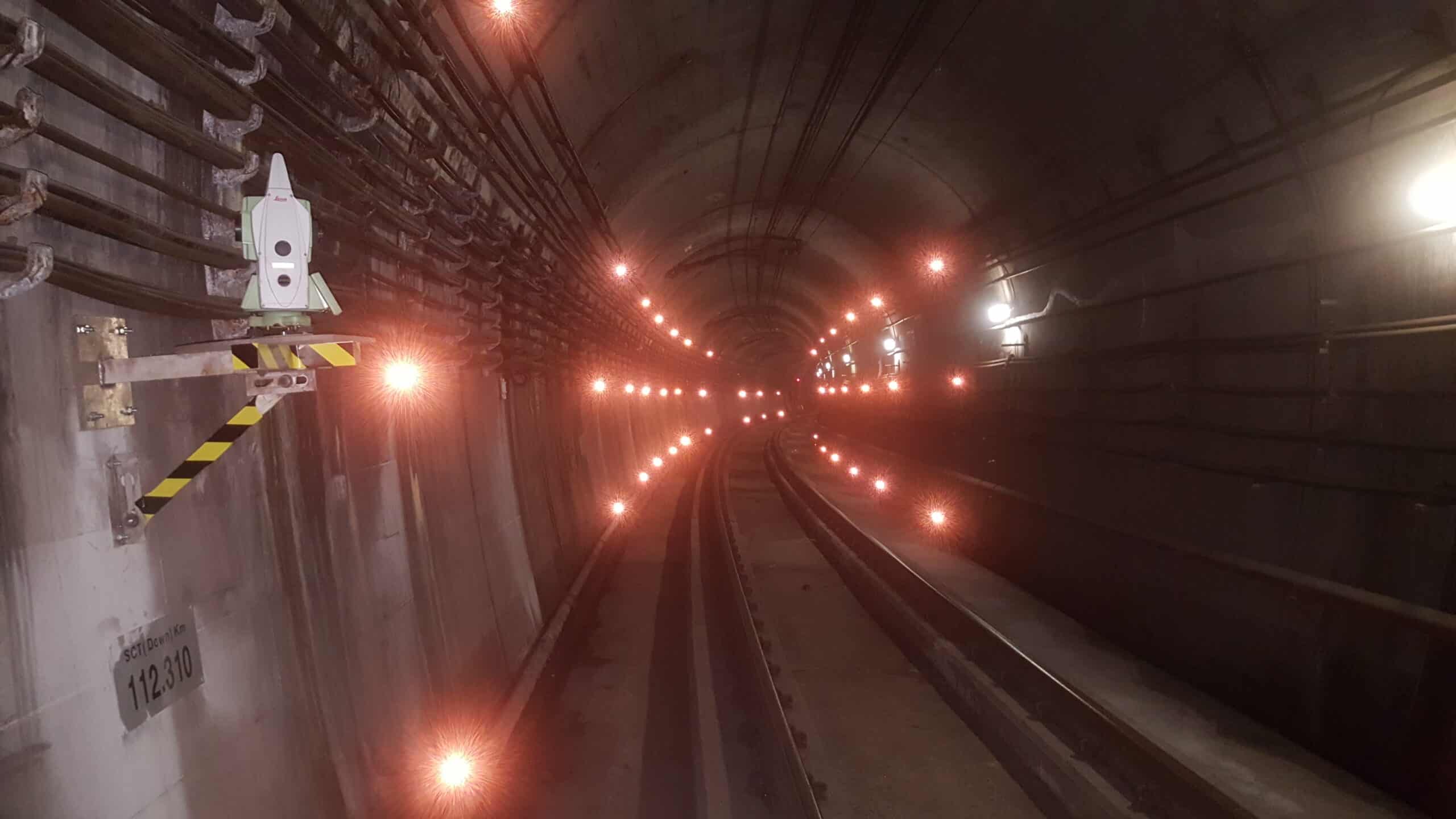Central Kowloon Route – Central Tunnel | Hong Kong SAR
Project summary
Monitoring of 4 Railway Lines
The Central Kowloon Route is a dual three-lane carriageway with a total length of about 4.7km, connecting east and west of Kowloon. A part of the Contract – HY/2018/08, is the construction of the Central Tunnel, an approximately 2.8km long, dual 3-lane tunnel in the heart of the city. Bouygues Travaux Publics has been awarded the contract from the Highways Department of HKSAR.
The challenge of the project was the complexity of the local geology. The excavation works passed through several major fault zones across a range of different soil and rock types. Thus various excavation methods were utilised for the construction, including drilling, blasting and temporary support. In such an environment, geotechnical monitoring was crucial to ensure the health and safety to not only the tunnel construction itself, but also to the existing buildings and structures in its vicinity.
Monitoring on the Surface
Sixense was appointed as the designated geotechnical monitoring specialist in 2019. We installed and monitored over 2000+ monitoring points and 10+ types of monitoring instruments, involving both manual and automatic solutions. Most of the manual instruments were located on ground level including Settlement Markers, Tilt Plates, Vertical Inclinometers, Magnetic Probe Extensometers, Vibrating Wire Piezometers, and Vibration Check Points. The scheme monitored the ground movement during the excavation, blasting and other construction works.
Monitoring Railway Tracks
Crossing a whopping four MTR tunnels, Kwun Tong Line, Tuen Ma Line, Tsuen Wan Line and East Rail Line, monitoring was critical in the construction of the Central Tunnel. Our automatic solutions, Cyclops (ADMS), 4DShape, Automatic Vibrographs, and CCTV were deployed to monitor the critical moment of the blasting tunnel crossing underneath. The fully automated system posed zero obstruction to the busy railway traffic. Our Beyond Monitoring platform allowed the Engineers to view the monitoring data in real-time and make prompt engineering decisions.
